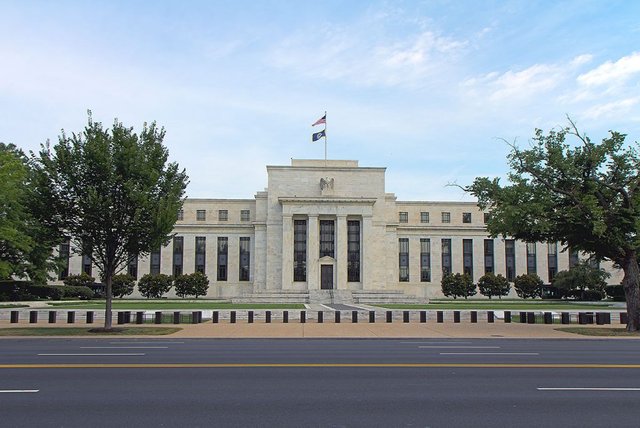The nominal interest rate is the rate of interest that is quoted and paid without adjusting for inflation, while the real interest rate is the nominal rate adjusted for the effect of inflation. In other words, the real interest rate represents the true cost of borrowing or the true return on investment, considering the impact of inflation.
For example, suppose a bank offers a nominal interest rate of 5% on a savings account. If inflation is running at 2%, the real interest rate is actually 3% (5% nominal rate minus 2% inflation). This means that while the nominal interest rate offers a 5% return, the purchasing power of the money invested actually decreases by 2%. The real interest rate of 3% represents the true increase in purchasing power as a result of the investment.
Again, consider a borrower who takes out a loan at a nominal interest rate of 7%. If inflation is 2%, the real interest rate the borrower is paying is 9% (7% nominal rate plus 2% inflation). This means that not only is the borrower paying the quoted 7% interest rate, but the cost of borrowing is also increasing due to inflation. The real interest rate of 9% represents the true cost of borrowing, considering the impact of inflation.
It's important to note that the real interest rate can have a significant impact on both borrowers and lenders. For borrowers, a high real interest rate means that the cost of borrowing is expensive, reducing the amount of borrowing and spending in the economy. On the other hand, lenders benefit from high real interest rates because they earn a higher return on their investments after adjusting for inflation.
Another factor to consider is the relationship between nominal and real interest rates. When the nominal interest rate is higher than the inflation rate, the real interest rate is positive and lenders earn a real return on their investments. However, when the inflation rate is higher than the nominal interest rate, the real interest rate is negative and lenders are effectively losing purchasing power. This can lead to a decrease in the supply of loans and a decrease in borrowing and spending in the economy.
Moreover, understanding the difference between nominal and real interest rates is important for both borrowers and lenders. While the nominal interest rate represents the quoted rate of interest, the real interest rate takes into account the impact of inflation and provides a more accurate representation of the true cost of borrowing or return on investment.
Thanks for reading my post. Hope that you enjoyed reading it.
Best Regards
@shahriar33
